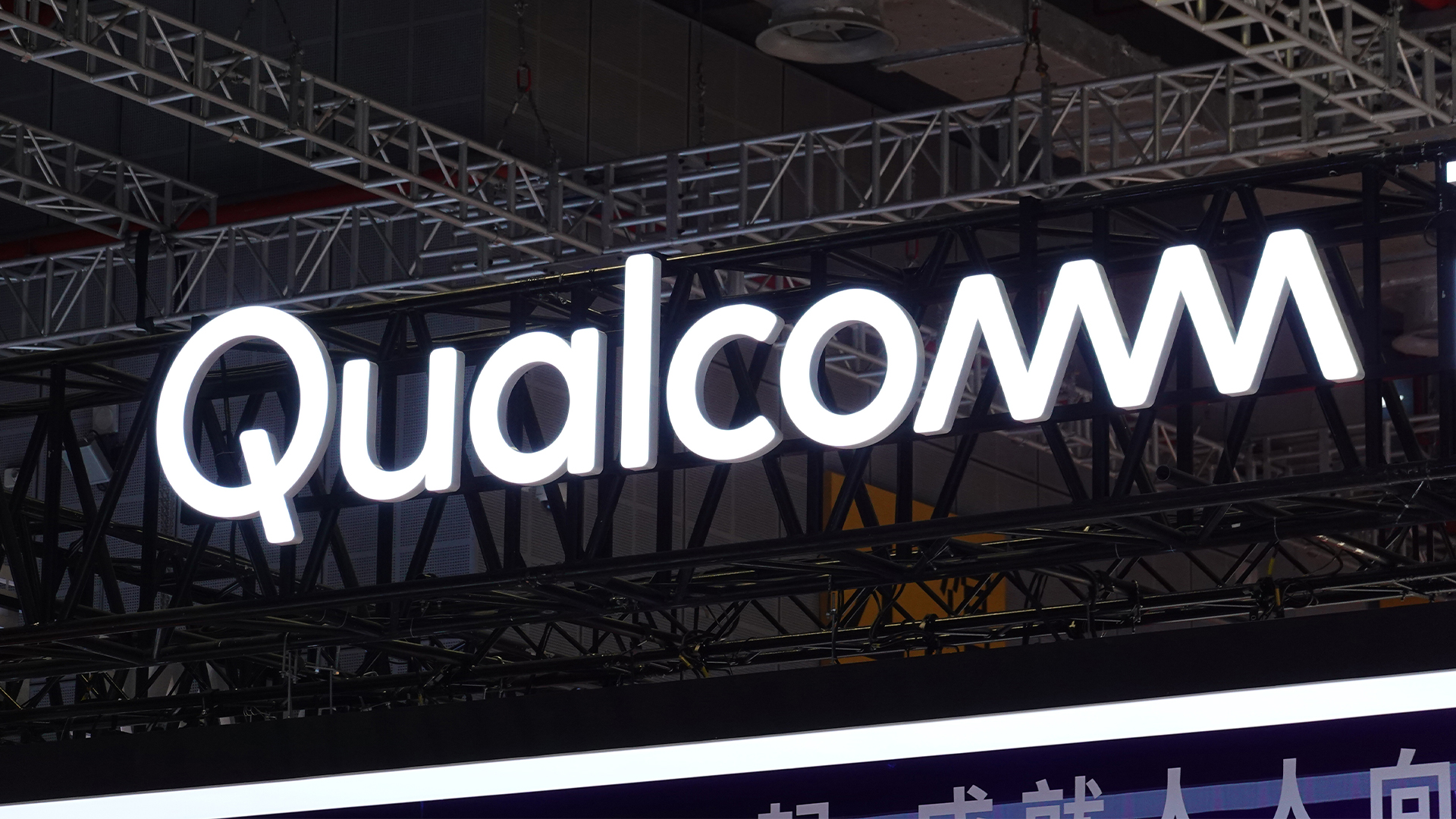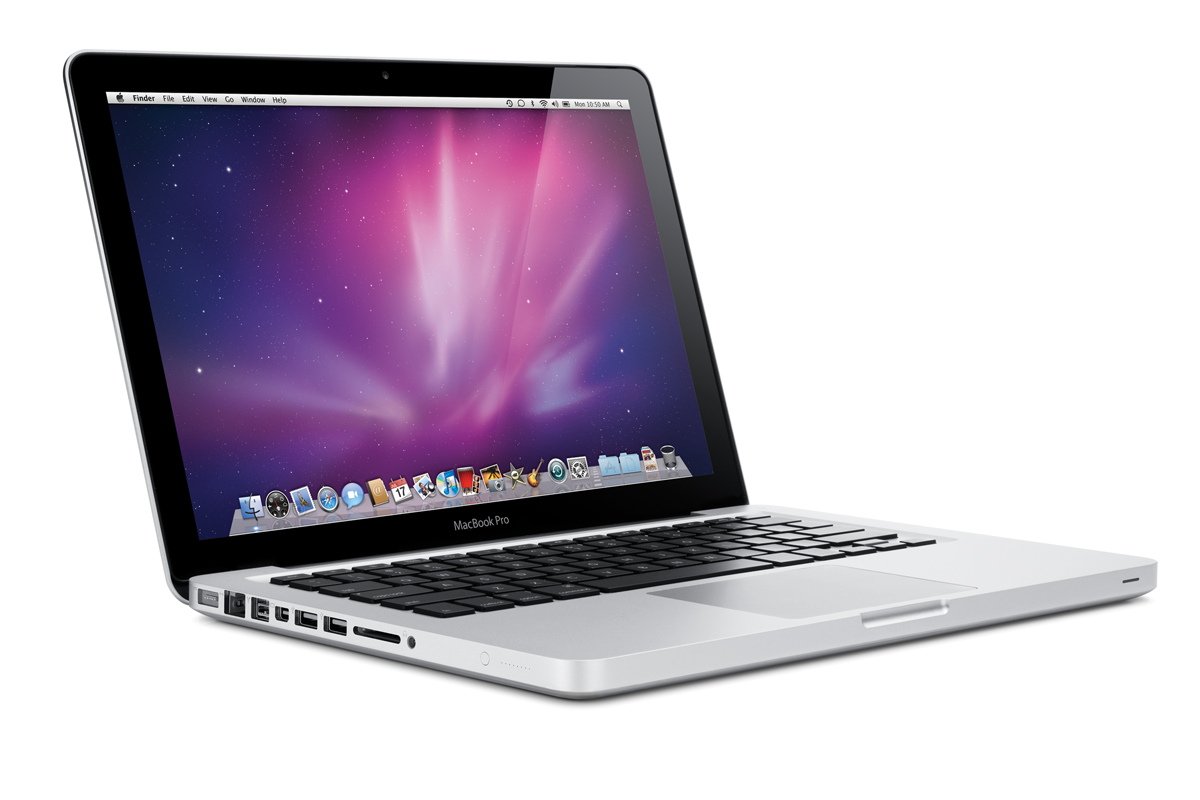
Intel's blazingly fast successor to USB3 may be coming first to Apple's iPad 2 and then to new MacBook Pro laptops.
Although USB3 is barely a year old, Intel was already demonstrating its next generation Light Peak technology back in 2009 before USB3 products were widely available.
The new connector enables data transfer speeds which, on paper, are twice as fast as the already speedy USB3. It could also be used to replace all of a computer's other ports and minimise cable clutter, since it can handle networking, audio and video too.
Previous demonstrations of the technology's potential have been undoubtedly impressive.
Rumours have indicated the first computers to come equipped with a Light Peak port will be updated versions of Apple's MacBook Pro laptops.
According to leaked images of the new 13in MacBook Pro, the Light Peak technology will be sold under the ThunderBolt name.
Oddly, the photos showed the ThunderBolt port in the shape of the existing Mini DisplayPort socket, currently used for connecting displays and projectors to computers.
Sign up today and you will receive a free copy of our Future Focus 2025 report - the leading guidance on AI, cybersecurity and other IT challenges as per 700+ senior executives
Intel and Apple can't use the familiar USB port for ThunderBolt due to intellectual property issues and the disapproval of the USB Implementers Forum, according to the Wall Street Journal.
Although this might hinder market acceptance of ThunderBolt, it could play to Apple's advantage since the company pushed the Mini DisplayPort standard. Also, few other computer manufacturers have added Mini DisplayPort to their computers, so Apple may be able to roll out ThunderBolt more quickly and further differentiate its Mac computers from the competition.
Leaked images of alleged iPad 2 cases from Chinese manufacturers have fuelled speculation the upcoming next generation tablet, due to be launched on 2 March, could also come equipped with a ThunderBolt port.
-
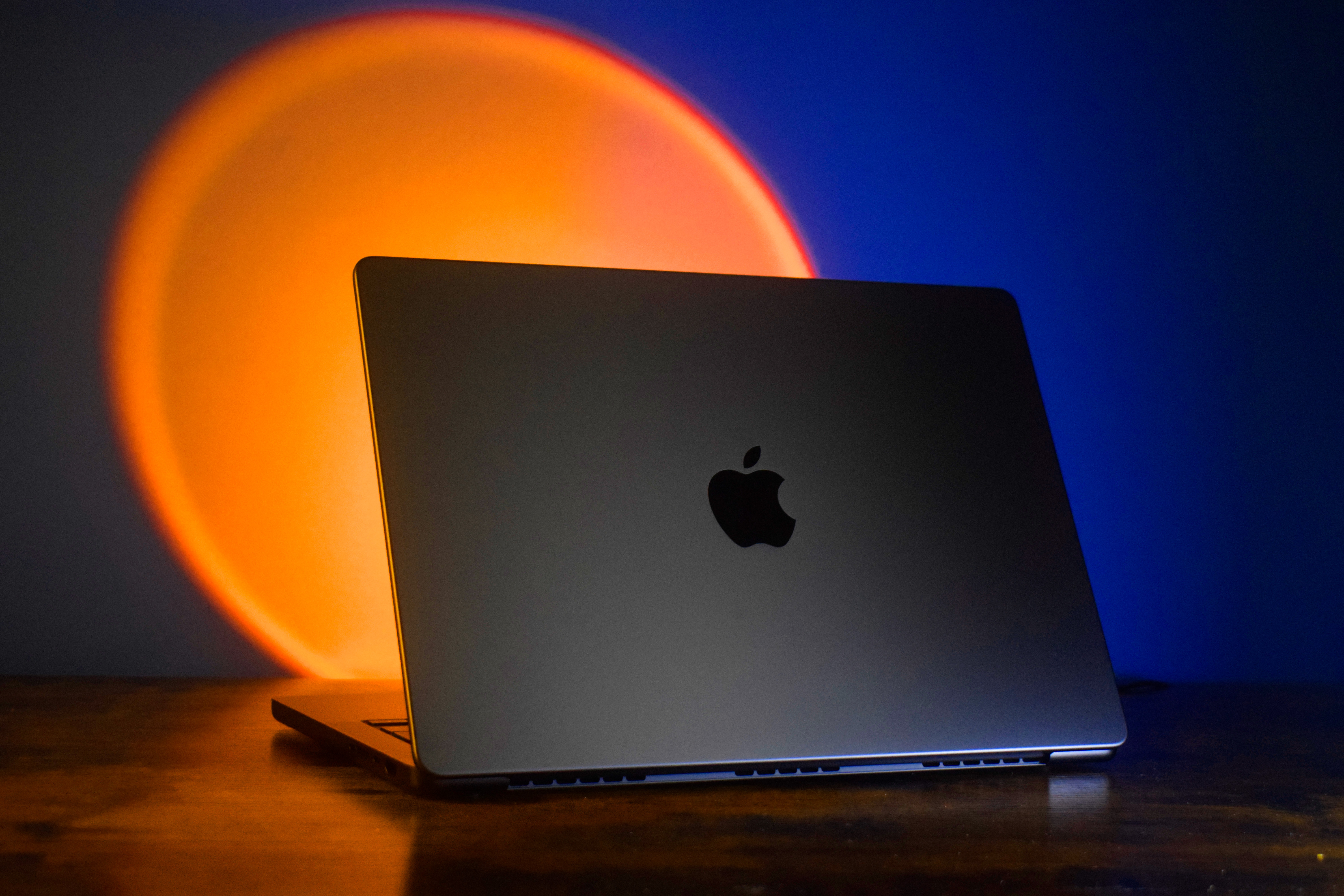 M5 MacBook Pro is a minor spec bump with increased GPU performance – but once again, the immense battery life is the standout feature
M5 MacBook Pro is a minor spec bump with increased GPU performance – but once again, the immense battery life is the standout featureReviews Literally looks the same as the M4 model, and only really a minor upgrade, but it is still a tremendous work machine
-
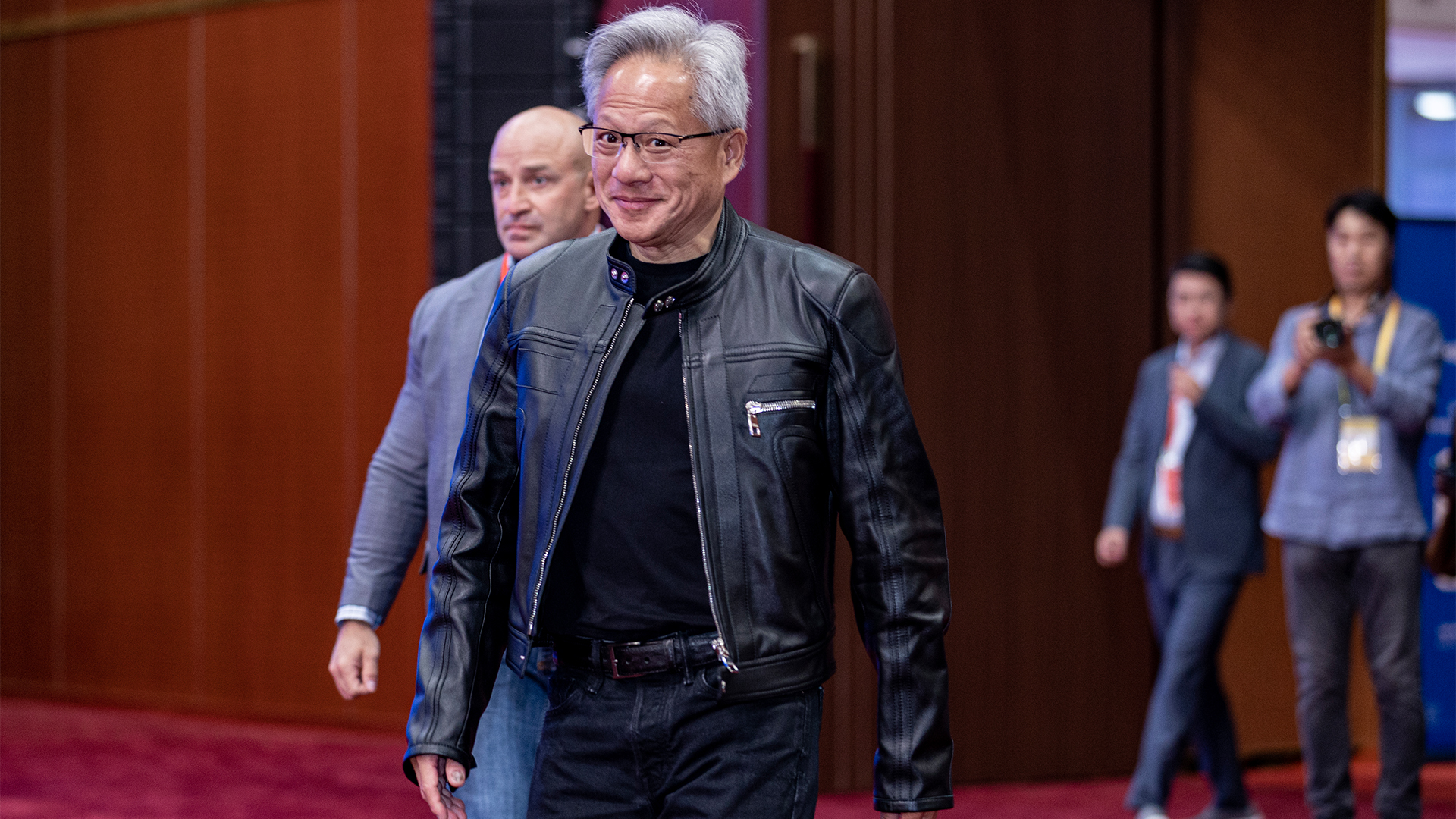 Nvidia’s Intel investment just gave it the perfect inroad to lucrative new markets
Nvidia’s Intel investment just gave it the perfect inroad to lucrative new marketsNews Nvidia looks set to branch out into lucrative new markets following its $5 billion investment in Intel.
-
 The US government's Intel deal explained
The US government's Intel deal explainedNews The US government has taken a 10% stake in Intel – but what exactly does the deal mean for the ailing chipmaker?
-
 US government could take stake in Intel as chip giant's woes continue
US government could take stake in Intel as chip giant's woes continueNews The move would see increased support for Intel’s manufacturing operations
-
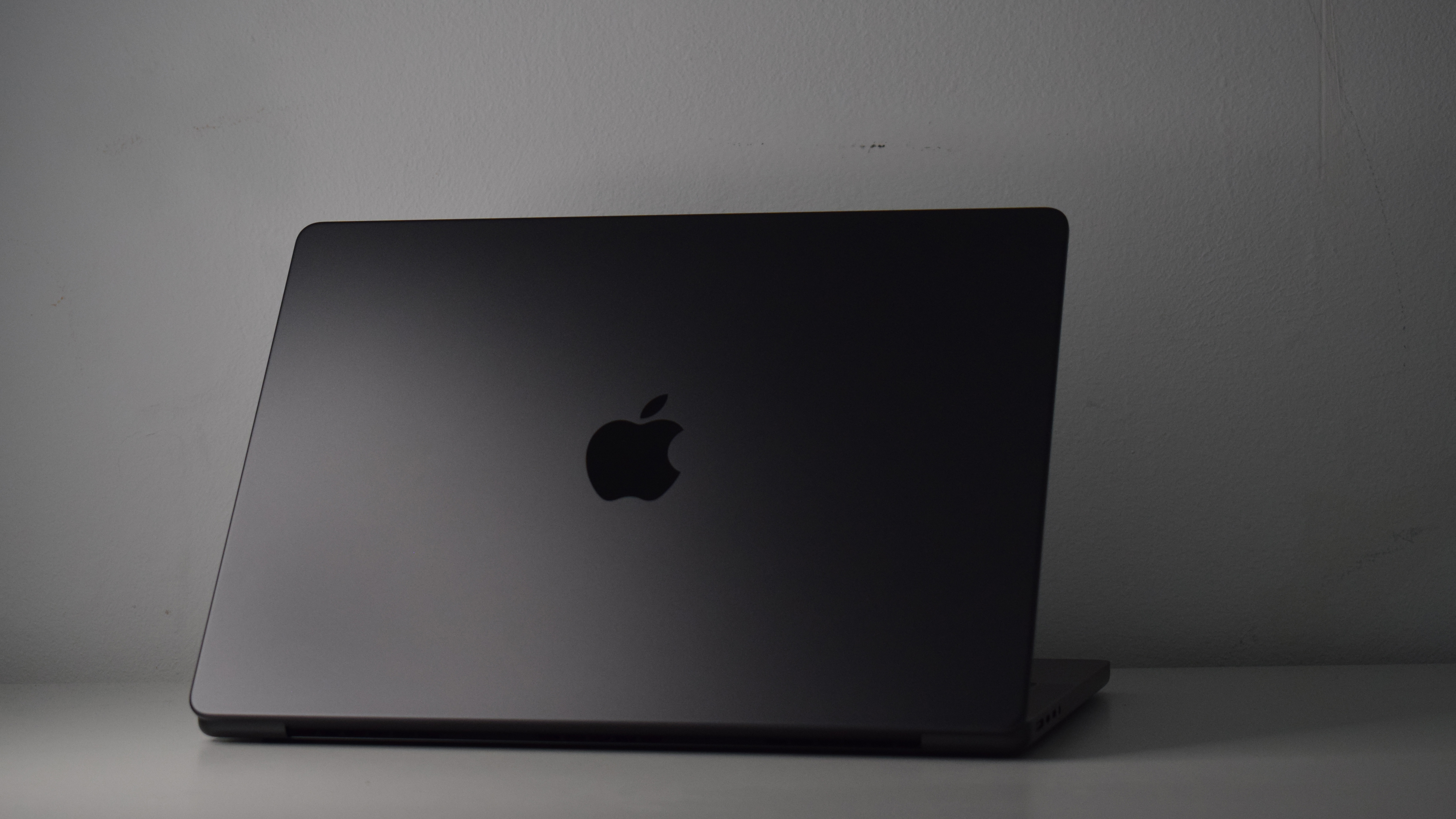 You will not believe the battery life on the Apple MacBook Pro 14in M4
You will not believe the battery life on the Apple MacBook Pro 14in M4Reviews A MacBook to outlast them all – the Pro comes with a cool design, intelligent features, and 20 hours of battery life
-
 Dell says Windows 11 migration is a prime opportunity to overhaul ageing PC fleets – and AI devices are in the spotlight
Dell says Windows 11 migration is a prime opportunity to overhaul ageing PC fleets – and AI devices are in the spotlightNews The shift to Windows 11 means IT leaders can ditch old tech and get their hands on AI PCs
-
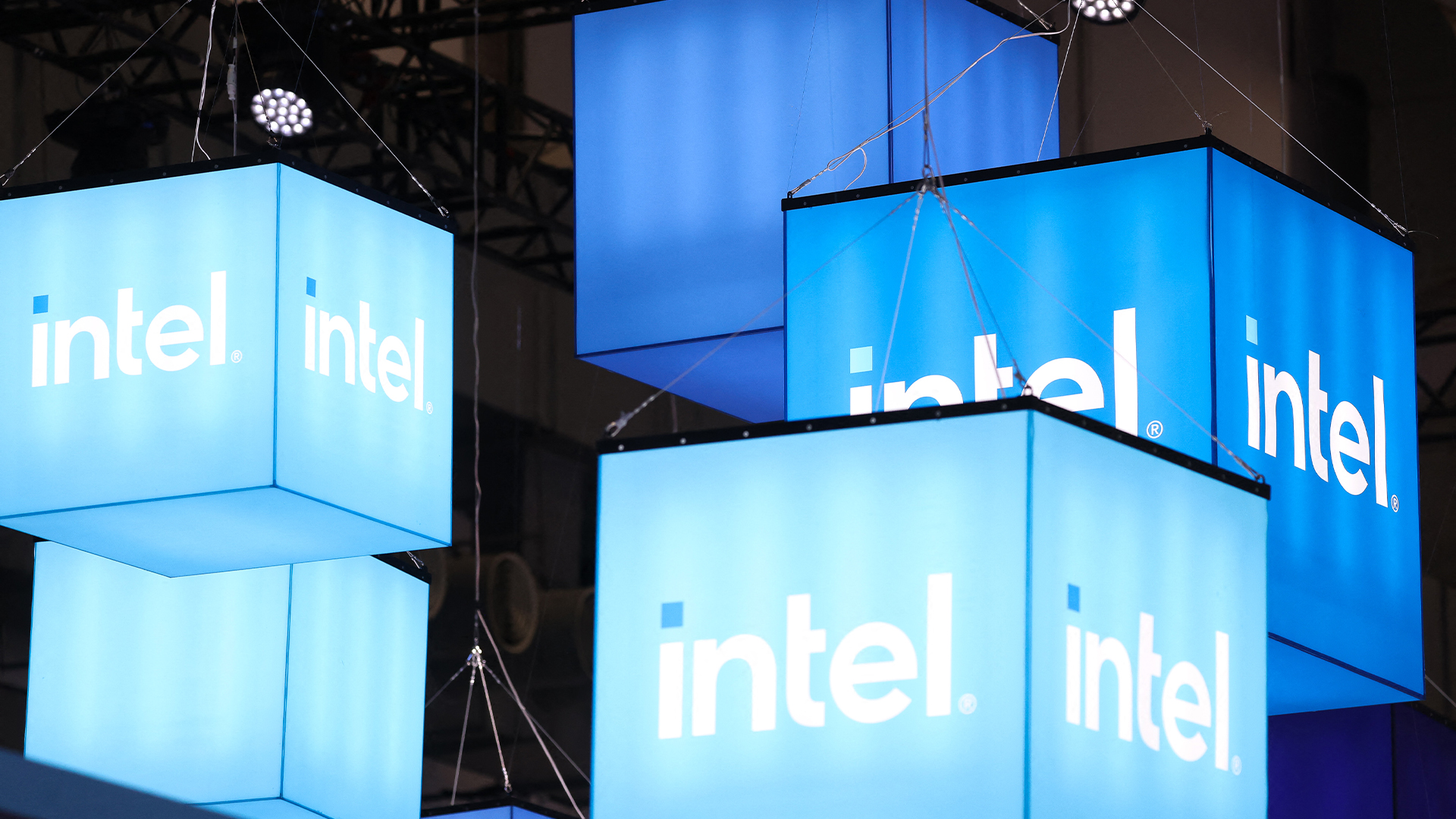 The gloves are off at Intel as new CEO plots major strategy shift
The gloves are off at Intel as new CEO plots major strategy shiftNews Intel’s incoming CEO has some big plans for the firm’s business strategy, sources familiar with the matter have told Reuters, with more job cuts looming on the horizon.
-
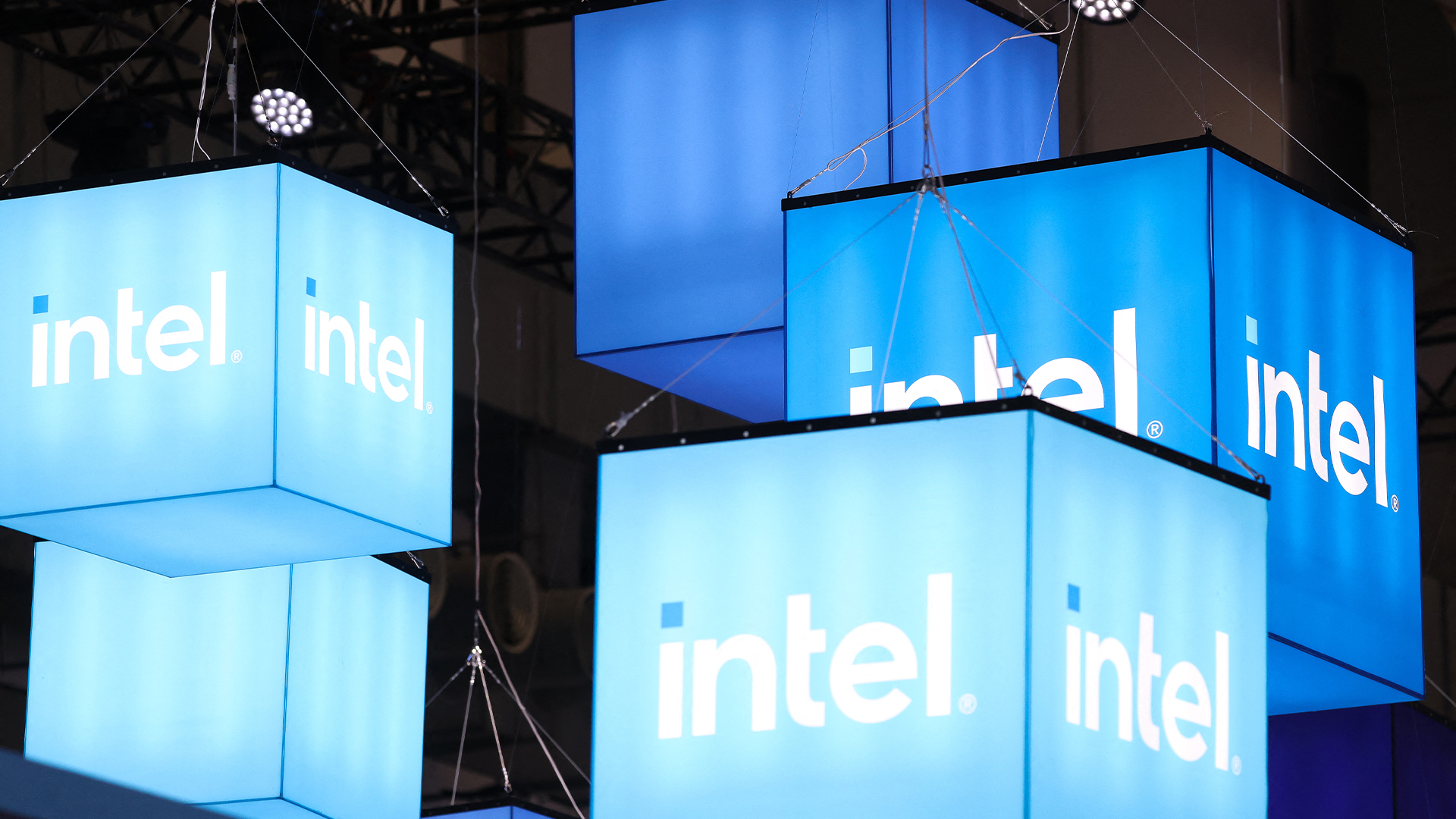 Intel just won a 15-year legal battle against EU
Intel just won a 15-year legal battle against EUNews Ruled to have engaged in anti-competitive practices back in 2009, Intel has finally succeeded in overturning a record fine
